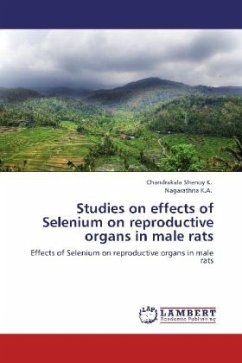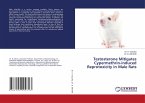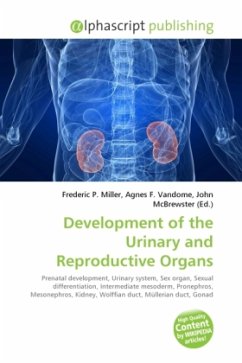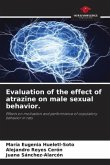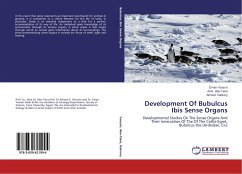The present investigation was aimed to elucidate the toxic effects of selenium on male reproductive organs in albino rats by injecting sub lethal and lower doses of selenium intraperitoneally. The higher doses of selenium caused slight hypotrophy of testes and significantly decreased weights and the secretory activities of male accessory reproductive structures in male albino rats indicating that selenium might interfere with the androgen action at the target sites. It is suggested that interaction of selenium with receptor protein may change the configuration of receptor proteins, thereby decreasing the steroid binding affinity and possibly altering the way in which the receptor can interact with other cellular molecules, thus altering androgen action at the target sites. The study reveals that both low and high selenium concentrations have negative influence on reproductive performance. So dietary supplements should be used judiciously (staying well below the toxic level) and exposure to selenium should be minimized.
Bitte wählen Sie Ihr Anliegen aus.
Rechnungen
Retourenschein anfordern
Bestellstatus
Storno

